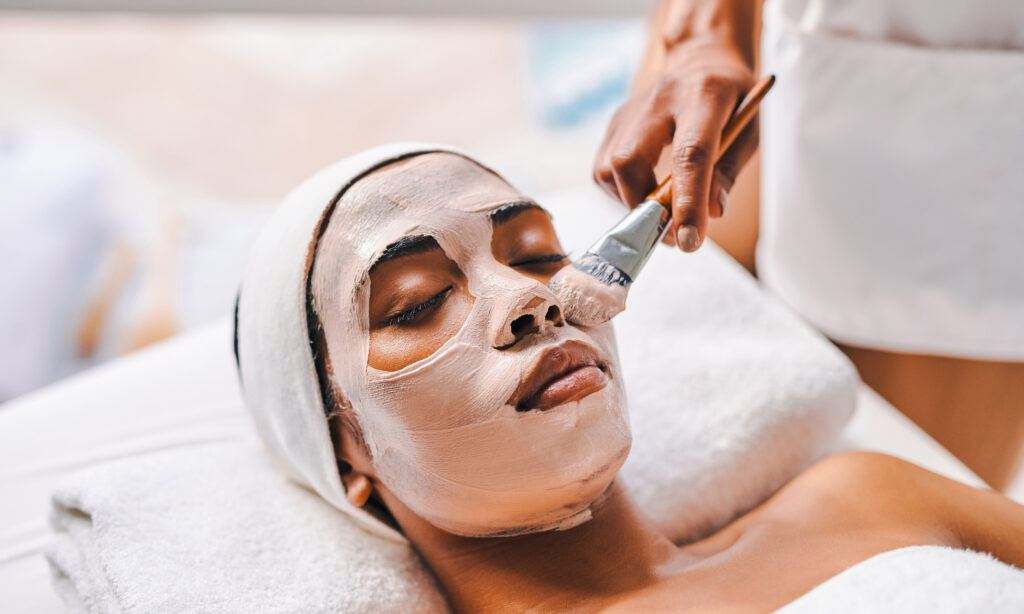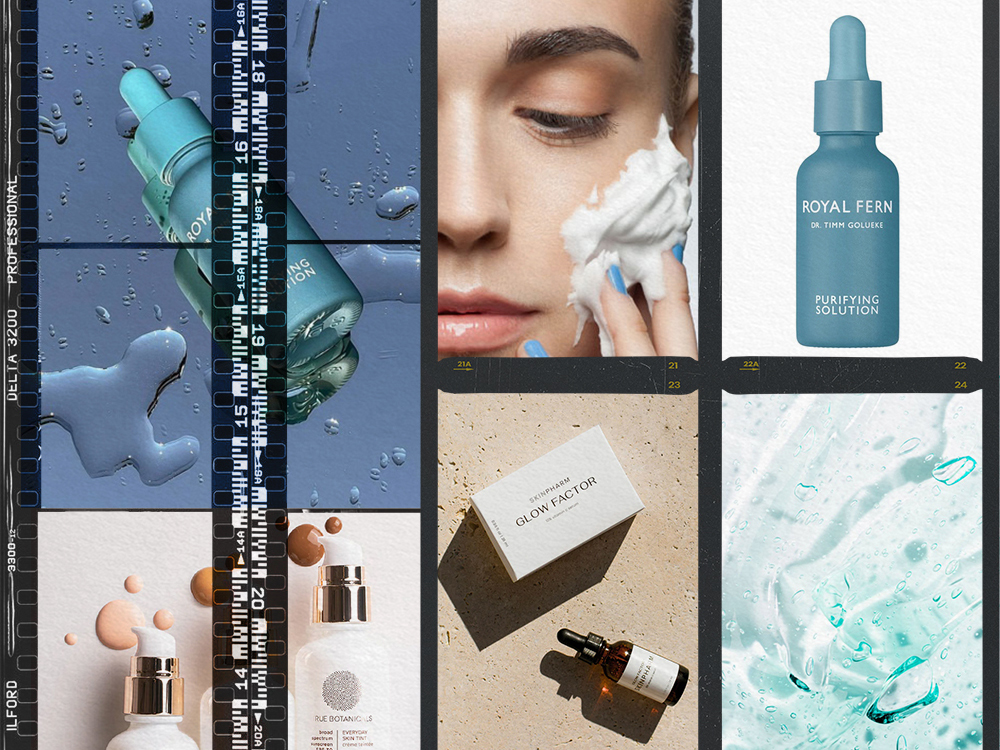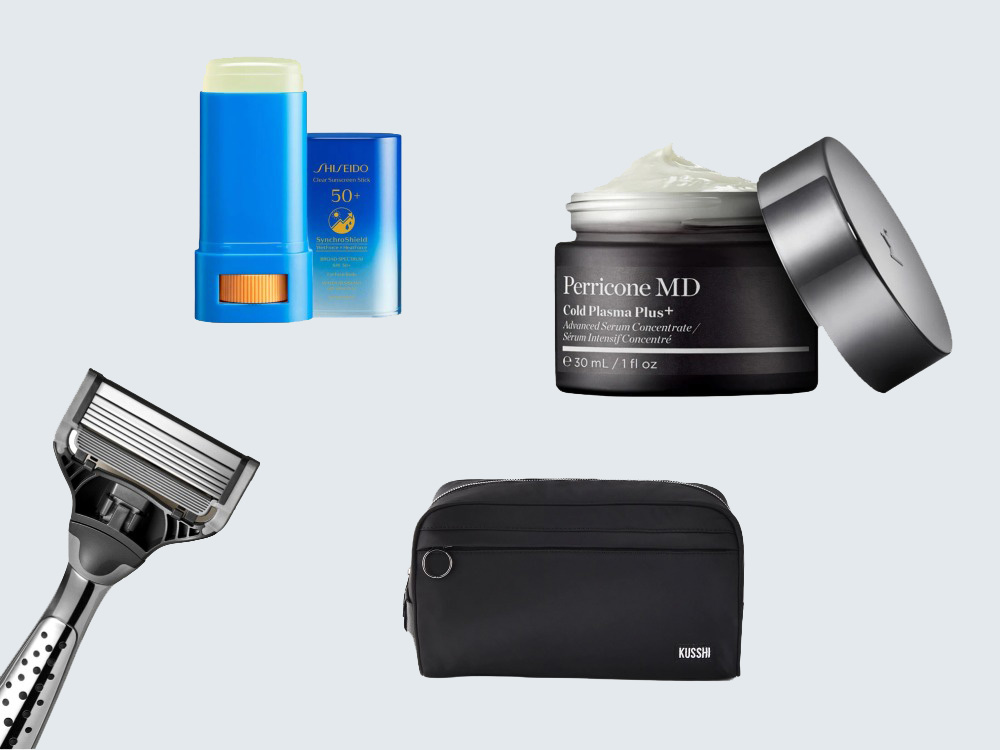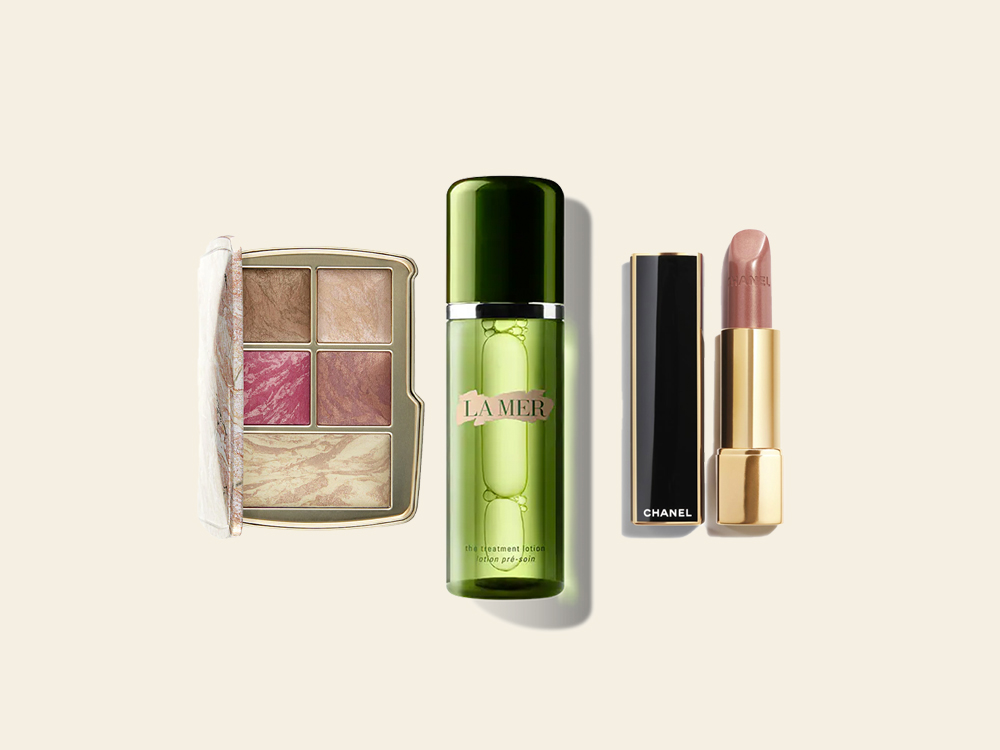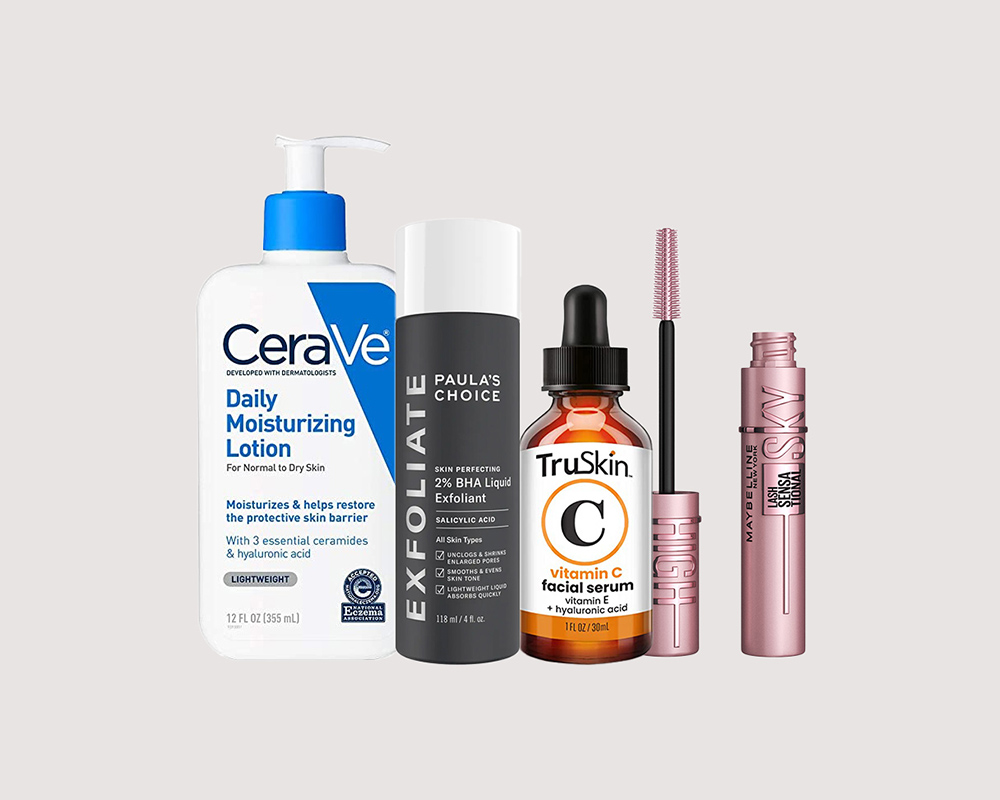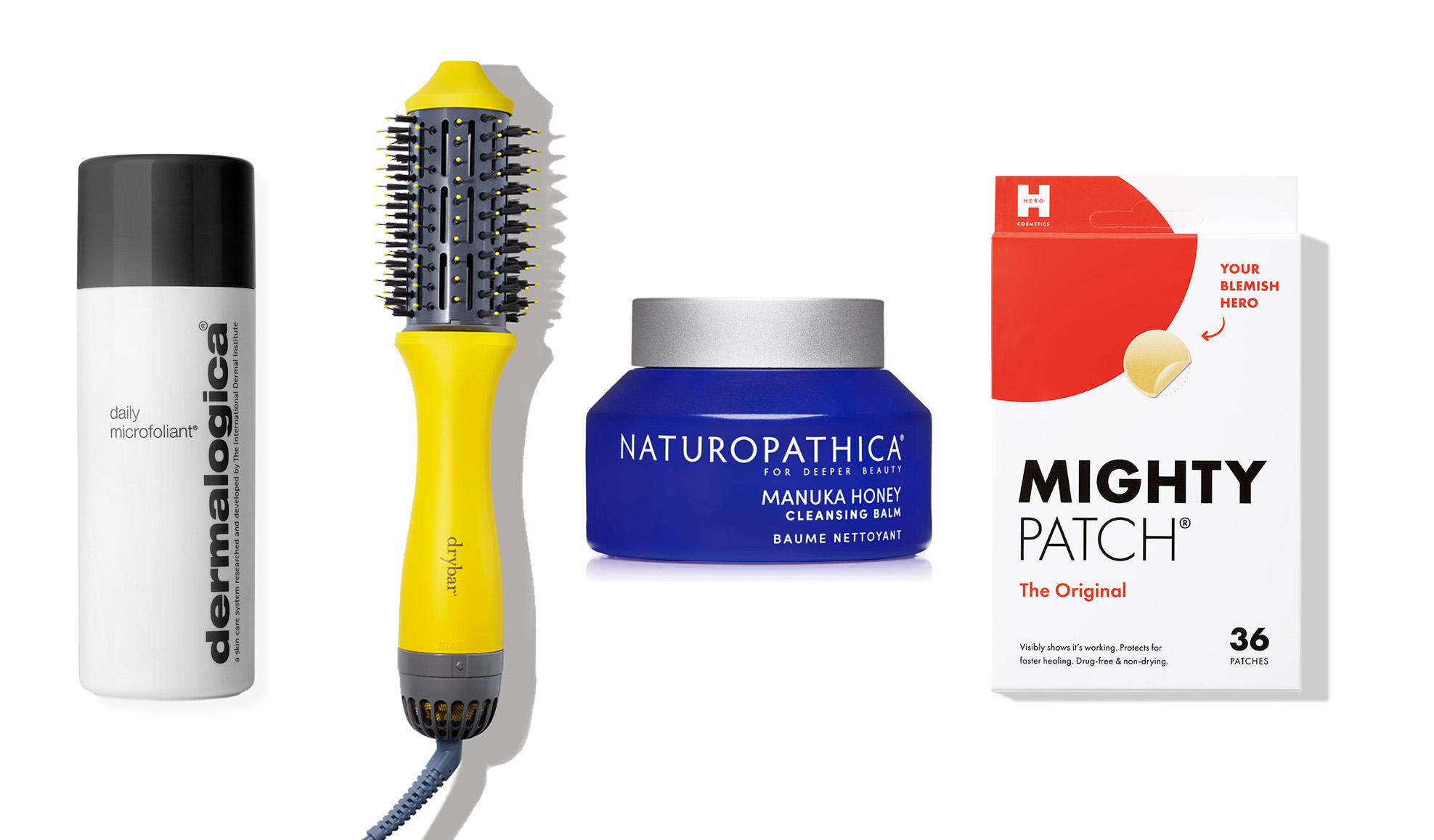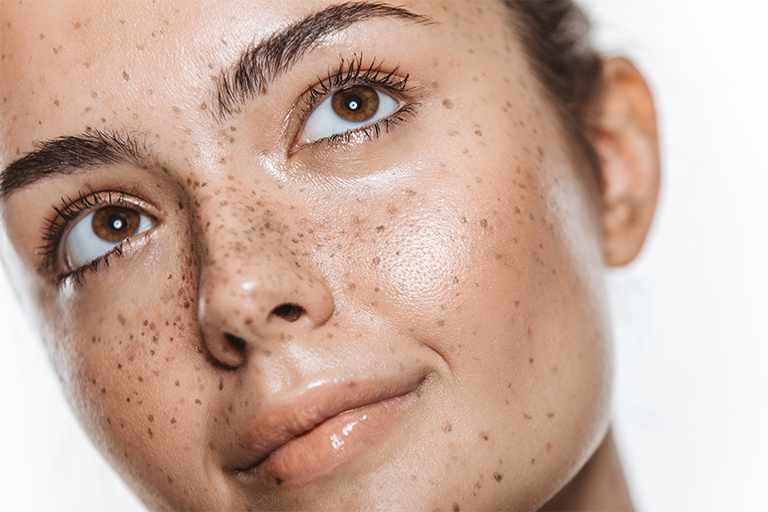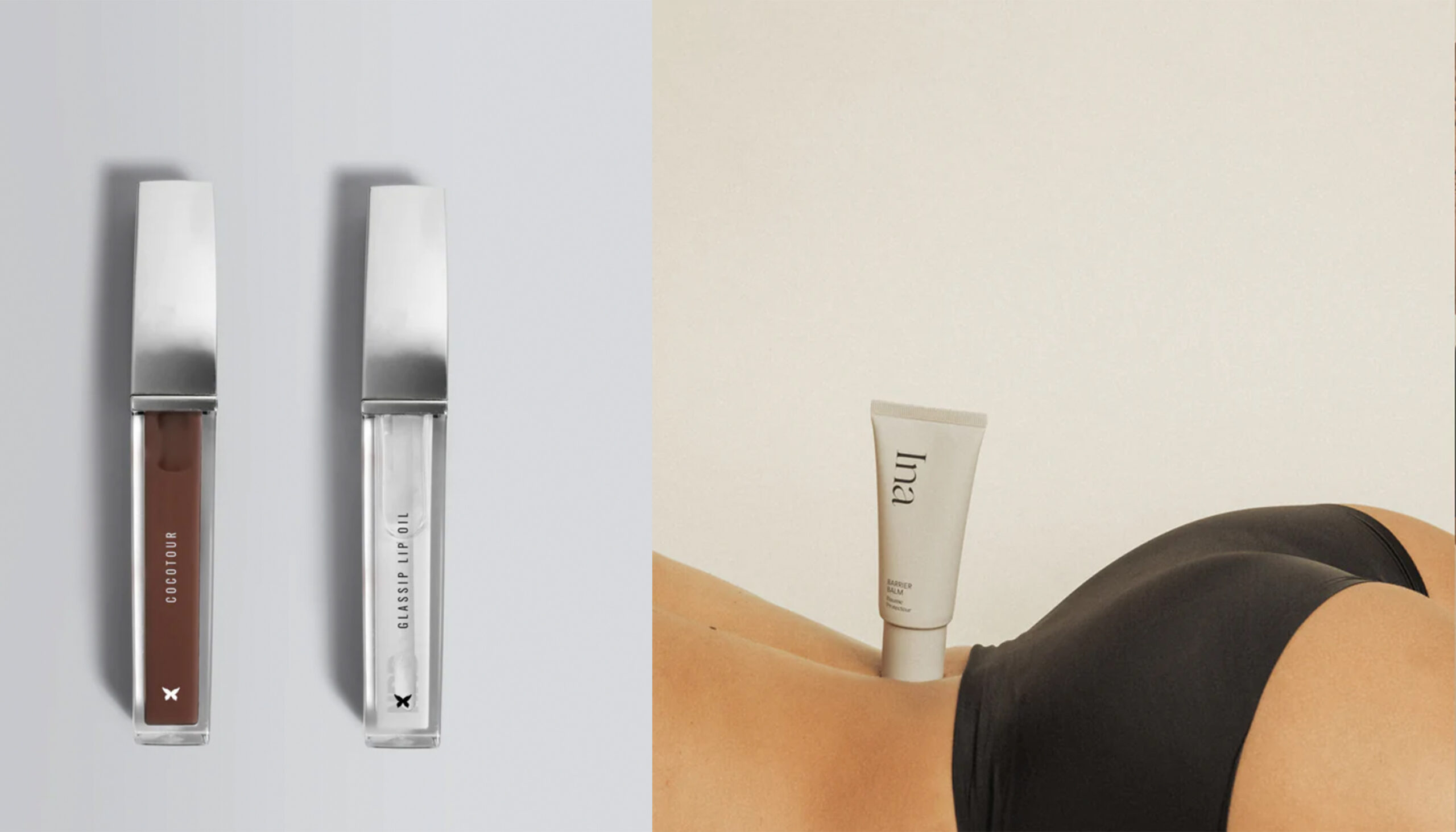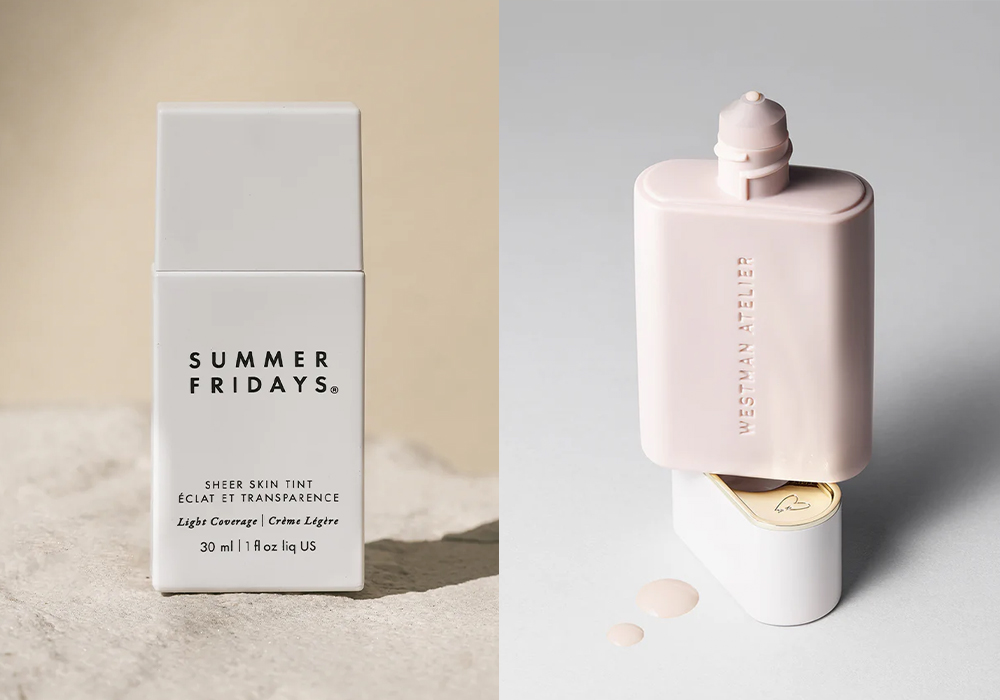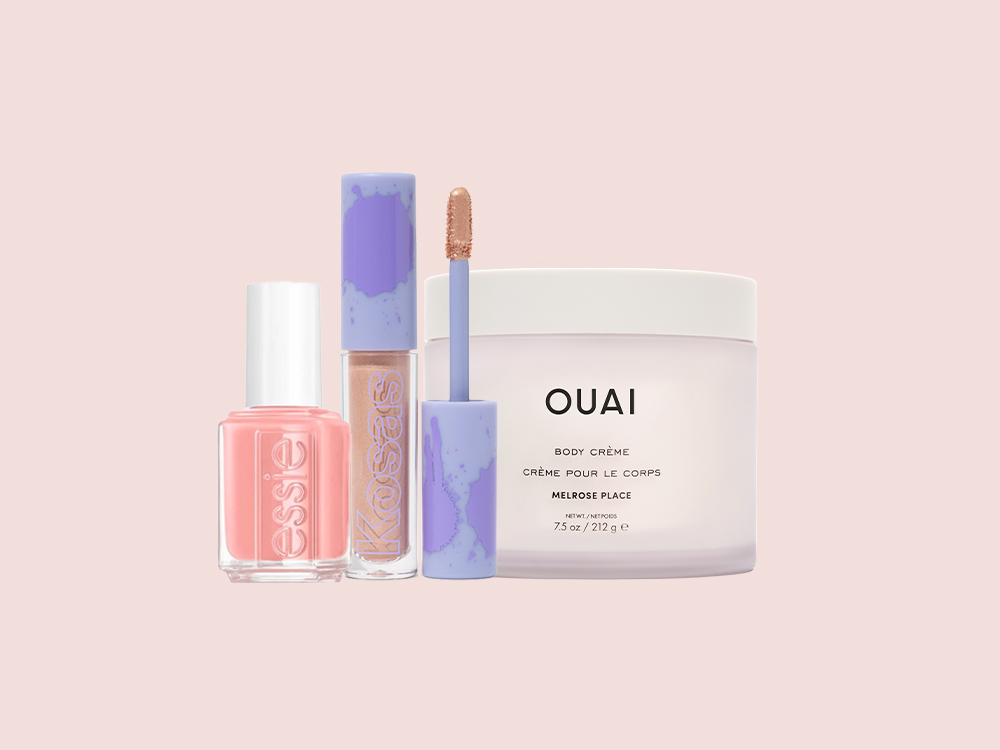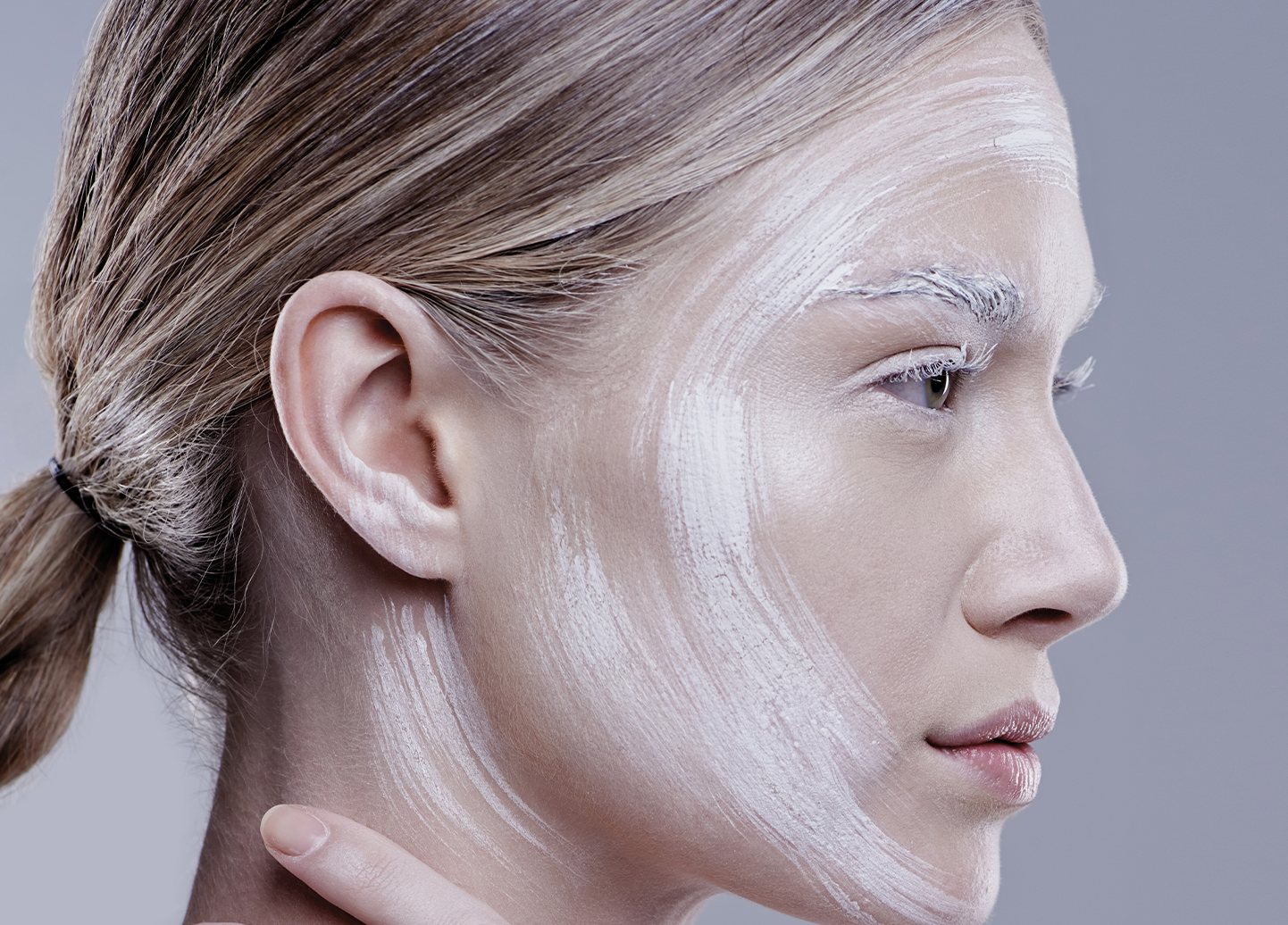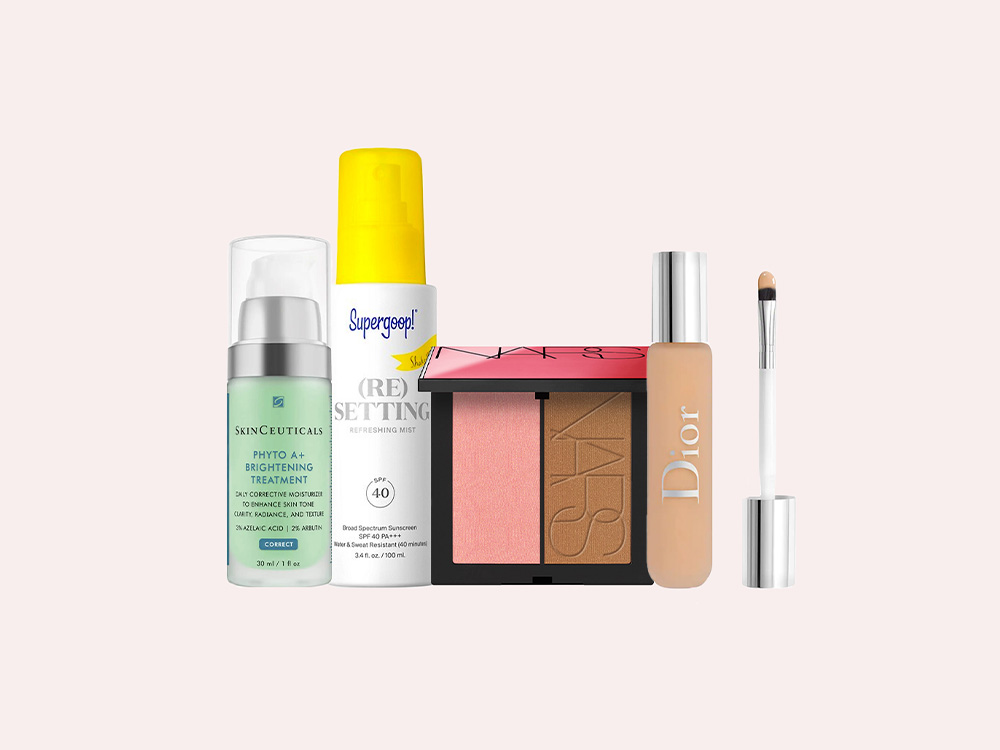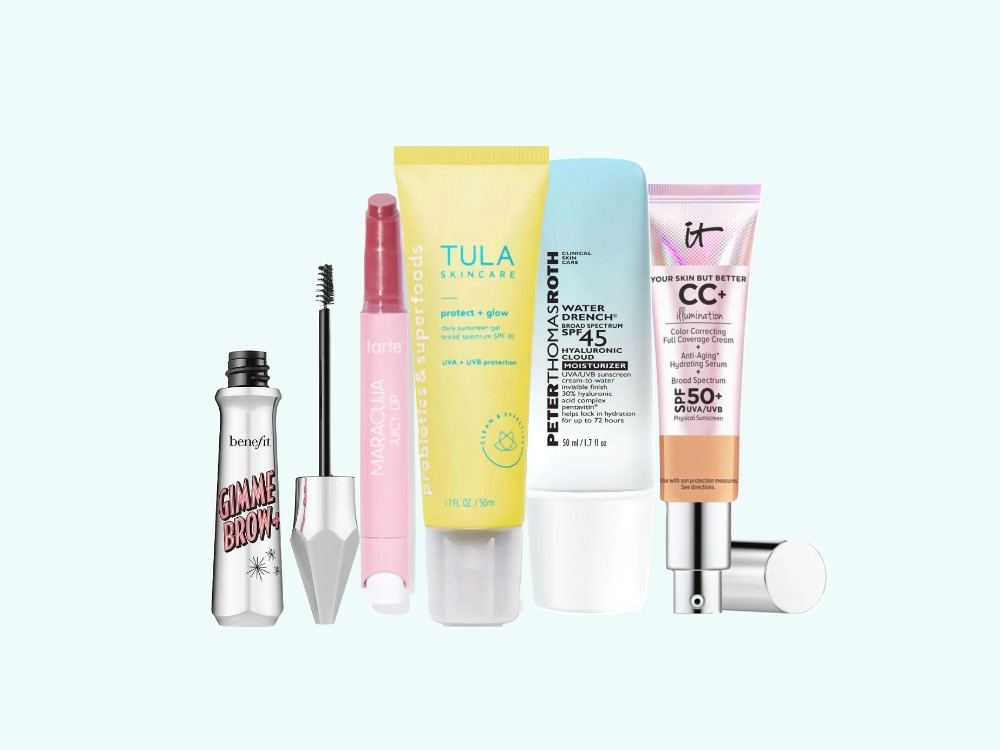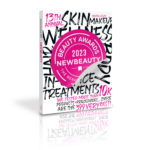Facials are one of the most magical self-care moments you can indulge in. Not only is your time on the table relaxing, you emerge with an instant glow and visibly improved skin. If you’ve not yet had the pleasure of getting a facial, or if you want to brush up your knowledge, this is your guide to everything you need to know about facials including, what to do before and after, frequently asked questions and what experts want you to know ahead of your appointment.
Featured experts
- Marina Peredo, MD is a board-certified dermatologist in New York
- Nerida Joy is a celebrity aesthetician
- Shani Darden is a celebrity aesthetician and founder of Shani Darden Skin Care
- Samantha Susca in a celebrity aesthetician and in-house facialist at The Spa at Casa Cipriani
- Renee Rouleau is a celebrity aesthetician and founder of the eponymous skin-care brand
- Amy Peterson is a medical aesthetician and the founder of Skincare by Amy Peterson
- Joanna Vargas is a celebrity aesthetician and founder of the eponymous skin-care brand
- Mandy Epley is a professional aesthetician
How to prepare for a facial
Avoid retinol, intense actives and prescription products
“When preparing for a facial, it is best to keep your regimen simple the week prior. Don’t do any strong exfoliants or actives such as AHAs or retinoids,” says celebrity aesthetician Nerida Joy. Founder of eponymous skin-care brand and celebrity aesthetician Shani Darden agrees, adding that chemical peels should also be skipped.
Celebrity and in-house facialist at The Spa at Casa Cipriani Samantha Susca advises her clients to “discontinue use of products with retinol, glycolic (hello Lotion p50 lovers!) hydroquinone and any other dermatologist-recommended or prescribed items.” She notes that “even if something is not prescription, it can still be strong enough to interfere with facial-grade equipment or pro-strength products.” Founder of Skincare by Amy Peterson and medical aesthetician Amy Peterson notes that this can include products from toners to at-home peels.
Pause injectables
Darden recommends avoiding getting any neurotoxin or filler injections done at least three weeks prior to a facial appointment.
Hold off on other personal-care appointments
Dermaplaning, waxing, threading, microneedling, lasers, self tanners, piercings and eyelash extensions can all create an extra layer of caution, warns Joy. So it’s best to hold off on these kinds of appointments until skin has healed post-facial. “If you recently received any laser treatments or peels, it’s crucial to be honest in your appointment,” says Peterson.
Take a picture of your skin-care routine
Many of the experts encourage patients to bring a photo of the skin-care products they’re currently using at home. This will help the aesthetician “map out your treatment accordingly,” explains Sousca.
Be ready to share some personal medical information
It’s customary that an aesthetician would ask about current medications or medical conditions before a treatment to ensure safety and the best results, explains Peterson. Medical history is important, says New York dermatologist Marina Peredo, MD. “There are certain conditions that are just not compatible with certain treatments.” So keep “medications (topical and internal) your doctor or dermatologist may have you on as well as any allergies” top of mind so that nothing is forgotten during the consultation, says Susca.
“My advice is to tell your aesthetician about all of the allergies you have or even think you may have, including allergies to things like latex, dairy and seaweed, for example,” says aesthetician Mandy Epley. “It’s better to be safe than sorry.”
Know what results you’re looking for
“If you are planning on attending a big event or just looking for an overall rejuvenation, this is your opportunity to talk about your skin-care goals and needs,” says Peterson. So before you go to the appointment, decide what benefits you would like to reap from your facial.
“Always communicate your main skin concern to your aesthetician to properly select the appropriate facial,” says celebrity aesthetician and founder of the eponymous skincare brand Renee Rouleau. “Facials can do so many things, including gently and safely cleaning out pores, absorbing active ingredients deeper into skin, exfoliating to accelerate cellular turnover, smoothing skin and refining pores and invigorating and stimulating blood circulation to get skin glowing.”
Avoid getting too much sun
While it may be challenging, especially this time of year, Peterson likes to recommend patients avoid too much sun exposure prior to their appointment. She notes that this is especially relevant for her Miami clients.
What should I do after a facial?
“After a facial, it’s always best to receive specific post-care instructions from your facialist in terms of what products to avoid and when to reintroduce certain active ingredients,” says Susca, but we have some general recommendations in case you forgot to ask.
Avoid sweating for 24 hours
“Generally speaking, I often instruct my client to avoid working out and steam rooms—basically anything sweat-inducing, for 24 hours post-treatment,” says Susca. “Those are things you can definitely enjoy before the treatment.” Joy also recommends avoiding going in the hot sun or swimming.
While a few minutes in the dry sauna is okay, Susca says once you begin to sweat, it’s time to pop out and take a cool rinse from the neck down. “The reason the dry sauna is okay versus the steam room is because dry saunas are too hot and have no moisture, making them completely inhospitable to the proliferation and spread of bacteria,” she explains.
Refresh items your face comes in contact with
“After most facials, but especially ones with extractions, it is absolutely imperative that you immediately change your bed linens, pillowcases, towels and washcloths,” says Susca. Additionally, “wash all makeup brushes and disinfect any home devices, like a NuFace, before allowing anything to come in contact with your face post-facial.”
Susca even goes so far as to tell clients to swap out their toothbrushes and razors and use 70 percent isopropyl alcohol to wipe down cell phones, sunglasses and eyeglasses immediately after a facial treatment. “After just cleaning all that bacteria out of your skin, you don’t want to reintroduce it back in for it to proliferate on freshly cleansed, extracted and balanced skin.”
Don’t touch your face
“The key to a great facial is avoiding touching your face! Don’t pick at your face or do anything that might disrupt your skin barrier at home,” says Peterson, noting that the “hands-off” approach is the best. Joy likes her patients to leave their skin alone after a treatment until it’s time to do their recommended night skin-care regimen right before going to bed.
Limit the use of actives
Similar to the advice experts gave leading up to a facial, you should also skip using active products in your skin-care routine for a couple of days post-facial, depending on your skin type, says Darden. “The night of a facial, I recommend my clients wash their face and apply moisturizer, but nothing else! A rich moisturizer such as Hydration Peptide Cream ($60) is the perfect post-facial moisturizer because it’s deeply hydrating yet oil-free so it won’t cause congestion. ”
Stay hydrated
“Drink lots of water!” urges Peterson. “This is always encouraged post-facial to stay hydrated and flush out any toxins.”
Use sun protection
Depending on the time of your appointment, your facialist will likely apply sunscreen to skin before you leave, says Joy. Be sure to wear sun protection if you’re out during the day after your facial. A pro tip from Peterson for extra protection: “Always bring a big hat or a sun visor to protect your face after your treatment!”
Avoid putting on makeup if you can
“If you really want to see the peak benefits of the facial and all the products used, try not to apply makeup right away,” advises Peterson. “Give your skin at least a day to really soak in the nourishment of the treatment and allow your skin to completely absorb all those delicious ingredients!” She adds that facials are best enjoyed when you don’t have any plans after. So she recommends scheduling them “on a day when you can simply go home and let your skin relax and your mind unwind.”
Frequently asked questions
Should I wash my face before a facial?
The moning of, you can follow your normal skin-care routine, minus the ingredients we discussed. “A gentle morning cleanse and applying sunblock before leaving the house is best,” says Joy.
Experts say there’s no need to cleanse skin right before a facial—it tends to be a seamless part of the service anyway—but if you have makeup on, it can be helpful to remove it ahead of the appointment. If you’re unable to remove your makeup, the facialist can, but “the last thing you want your facialist to spend the majority of those precious 60 or 90 minutes doing is taking off waterproof mascara,” says Susca.
“Many first-timers are nervous and embarrassed about their skin and come in with a full face of makeup on,” says Joy. “It’s absolutely fine to do that, but do know that it takes extra time out of your facial treatment to take it off, especially when it’s heavy eye makeup.”
Should I wash my hair before a facial?
Susca says it’s “definitely best to save shampoo day for the day after a facial. Schedule your facial before your blowout as well. There is always an element of hair getting messed up in a facial.” Peterson even suggests scheduling your facial on hair-wash day because she often likes to include a scalp massage. Whether you get a scalp massage or not, be prepared to wash your hair post-facial, says Peterson.
How long after a facial can I shower?
“After a facial, I prefer my client to shower just prior to going to bed,” says Joy. “Leaving the skin to absorb the treatment products is an extension of the facial for maximum benefits.”
What experts want facial first-timers to know
Don’t stress
Although we just listed some of the best practices to consider ahead of a facial, when it comes down to it, you can really show up as you are. Joy says there’s no getting ready for a facial needed.
“As an aesthetician, we are used to being flexible and customizing our treatment for our clients. I often have people apologizing for not washing their hair, having makeup on, large pores, sun damage and underarm hair,” says Joy. “We aestheticians love our clients and are happy to see them any which way they come in the front door.”
Joy notes that she’s even had clients come to her straight from vacation with sunburnt skin, and she can work with this. “As an aesthetician, customizing a facial for our clients’ skin at the time of treatment is what’s really important,” she says. Even with sunburn, “there is a treatment we can do that is soothing and calming to help relieve the heat, burn and pain.”
Inform your facialist if you have important events coming up
“Let your facialist know of any events or outings you have planned that week so that treatments can also be chosen appropriately,” suggests Susca. Otherwise, you may end up in a bridal party with some leftover extraction marks.
Be ready for steam or no steam
Think steam is the must-include step of a facial? Not necessarily. A steam-emitting machine, positioned close to the skin, can “open up” pores and soften oil that has hardened within them. “Steam prepares the skin for extractions,” says celebrity aesthetician and brand founder Joanna Vargas.
Arrive early
Susca recommends people arrive at least 15 minutes early so their facial can actually begin at the start time of the booking. This will ensure you don’t miss a moment of the facial. “If the facility has amenities such as steam and sauna rooms, you can even arrive an hour beforehand to enjoy those,” she adds.
Be prepared for various tools
Techniques vary between aestheticians and patients. For example, some of Darden’s facials may incorporate “vibration therapy, a light chemical peel, oxygen therapy, microcurrent, extractions if needed, LED light therapy and cryotherapy.” Specifically, Darden knows experiencing microcurrent for the first time could feel strange. “If you haven’t had microcurrent before, it’s a super interesting sensation,” she says. “You feel like your facial muscles are clenching on their own, and it’s great to help sharpen the jawline. ”
You may want to blow your nose
If you anticipate any extractions being done, especially on your nose, Susca suggests blowing your nose before the appointment as “sometimes things can get messy.”
Enjoy yourself
“First and foremost, first-timers should be reminded that this is your self-care time, your much deserved me-time,” says Peterson. “Preparing for your facial should be all about relaxing the skin and calming the mind.”
